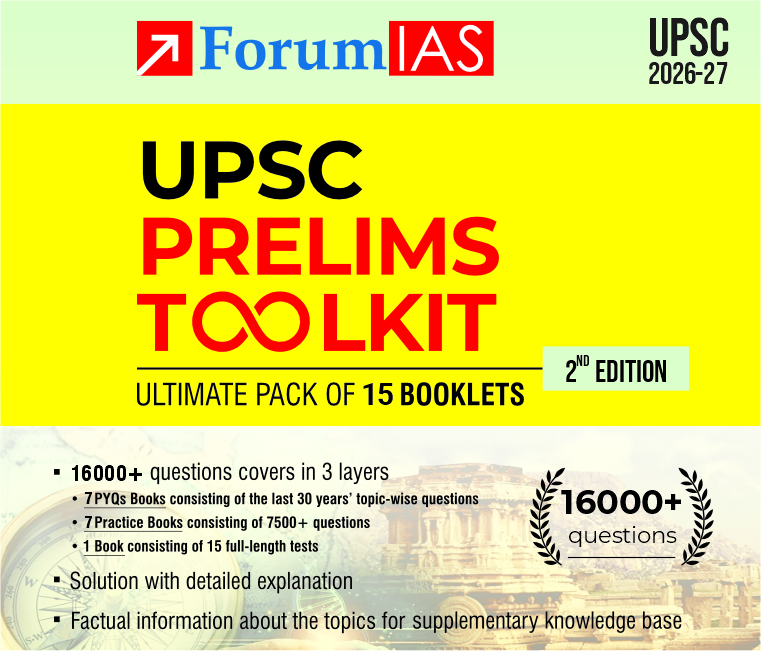News: The National Board for Wildlife (NBWL) has rejected the Uttarakhand government’s proposal to conduct soapstone mining near the Kedarnath Wildlife Sanctuary.
About National Board for Wildlife
- It is a Statutory body constituted by the Central Government under Section 5 A of the Wildlife (Protection) Act, 1972 (WLPA).
- It is worth noting that the Wildlife Act of 1972 did not originally include the NBWL. The NBWL was established later through an amendment in 2002.
- It replaced the Indian Board for Wildlife, which was formed in 1952.
- The NBWL is tasked with advising the government on wildlife conservation matters and granting approvals for projects within protected areas (PAs).
- According to the Wildlife Protection Act (WLPA), activities such as constructing tourist lodges, altering PA boundaries, diverting or destroying wildlife habitats, and de-notifying Tiger Reserves cannot proceed without the NBWL’s approval or recommendations.
Structure of NBWL
- Chairperson: The Prime Minister.
- Vice-Chairperson: The Minister in charge of the Ministry of Environment, Forest, and Climate Change.
- Member-Secretary: The Additional Director General of Forests (Wildlife) & Director, Wildlife Preservation.
- Members:
- 3 Members of Parliament (2 from Lok Sabha and 1 from Rajya Sabha).
- 5 Non-Governmental Organizations (NGOs).
- 10 eminent conservationists, ecologists, and environmentalists nominated by the central government.
- Secretaries of various government departments.
- The Chief of Army Staff.
Standing Committee of NBWL
- The Standing Committee is an independent body under the NBWL.
- It is chaired by the Minister of Environment, Forest, and Climate Change.
- It consists of not more than ten members nominated by the Minister from amongst the members of the NBWL.
- While the NBWL serves as a policy-making body that advises and contributes to the Central Government’s wildlife protection policies, the Standing Committee primarily focuses on project clearances.






